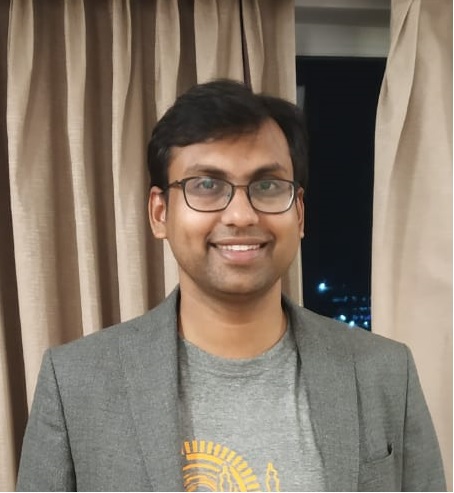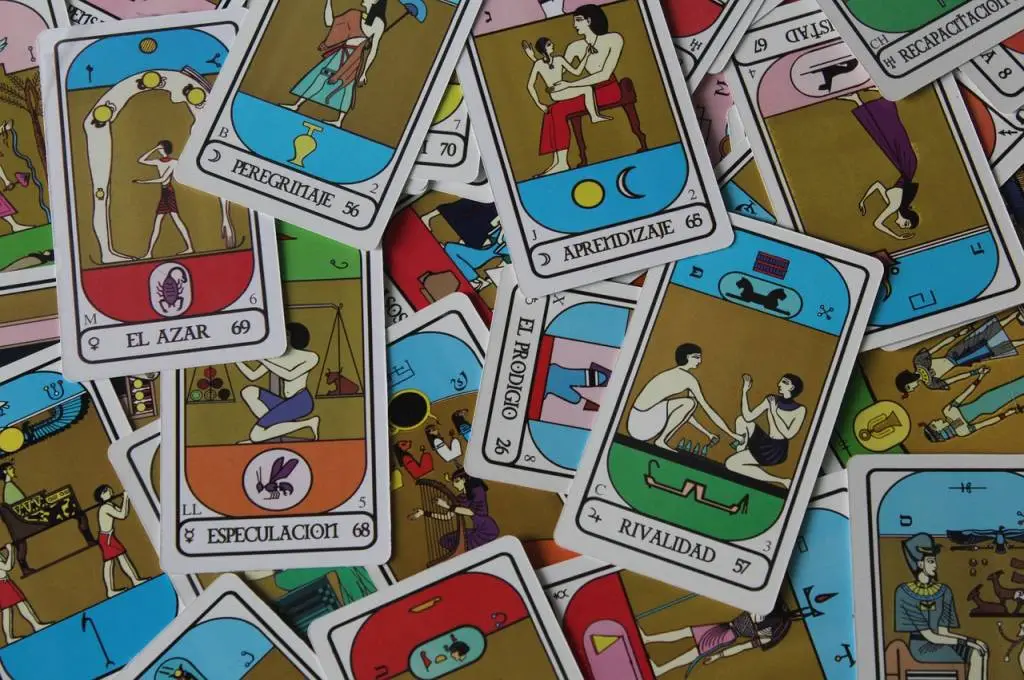Research can sometimes be tedious, if not outright unpleasant. But the process can often be quite humorous as well.
If you’re lucky enough to frame the research questions yourself (and they aren’t handed over to you by your donor), spend an inordinate amount of time on framing every trivial and non-trivial question.
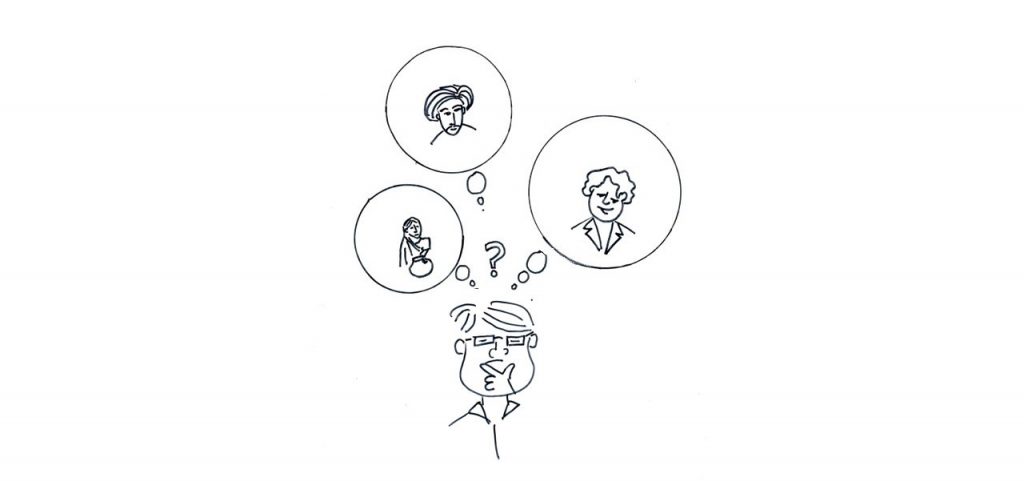
a) Take a picture with the panchayat head.
b) Build relationships with your respondents (drink what they offer, always).
c) Manage the patriarchy when you need to talk to anybody but the ‘man of the house.’
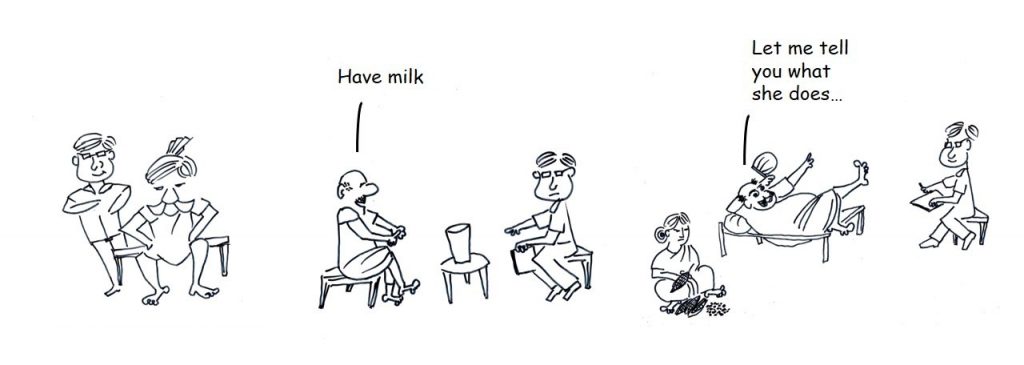
Related article: Nonprofit flow chart | Should you write that research report?
Even though you know full-well that a large chunk of it will never be used.
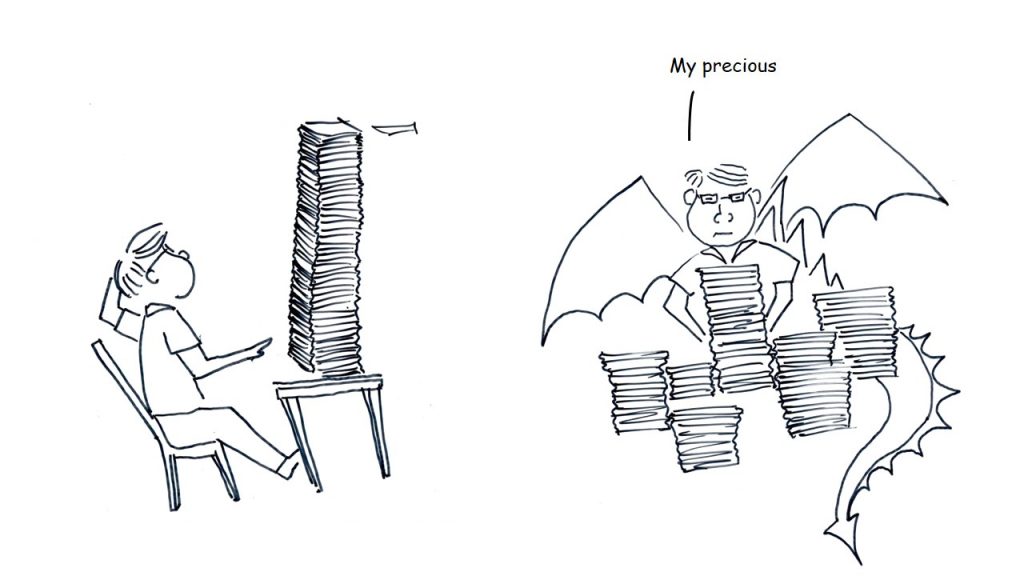
Even if everybody else at the conference is busy either networking or eating snacks.
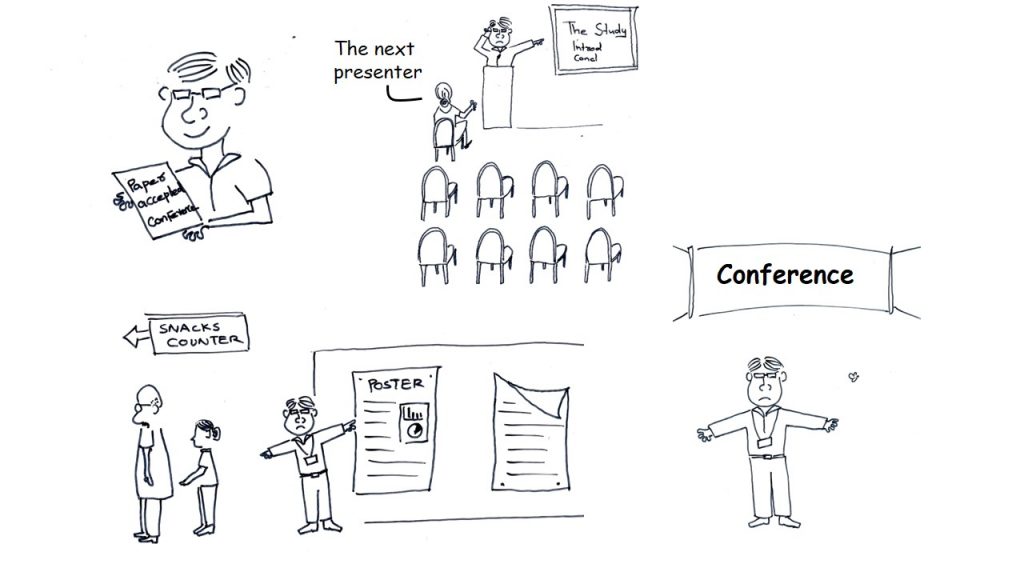
If can you survive the black hole that is the review process.
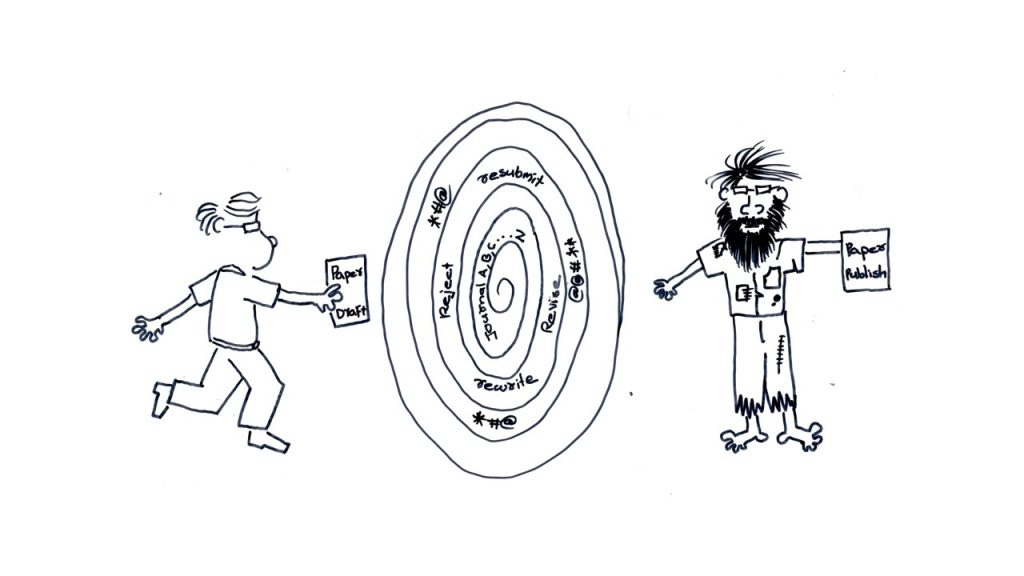
Illustrations by Subash Surendran Padmaja.
*Aditya KS and Aakansha Melkani contributed to this article.


